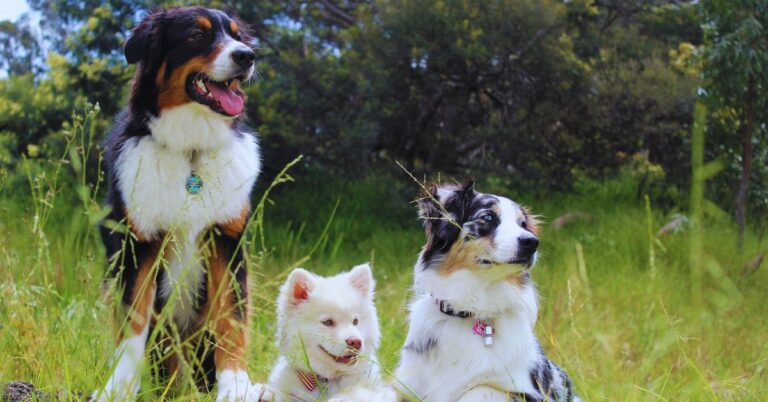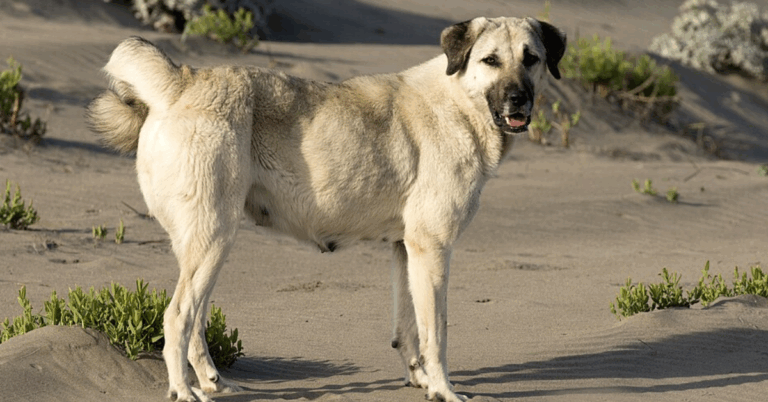10 Ways Dogs Read And Respond To Human Behavior

A raised eyebrow. A subtle nod. A gentle smile. Without a single word, your dog understands you. It’s not magic—it’s instinct. After centuries of companionship, dogs have mastered decoding human gestures, emotions, and movements. But how do they do it so effortlessly? Read and find out.
Interpreting Facial Expressions

Your dog does more than just look at your face. Research shows dogs can distinguish joy from anger and adjust their behavior accordingly. A warm smile might trigger a wagging tail, while a furrowed brow can make them cautious. Their ability to interpret our expressions strengthens the emotional bond we share.
Following Hand Gestures

A simple gesture, like pointing, speaks volumes to a dog. Unlike most animals, dogs instinctively follow a pointed finger without training. Dogs grasp the intent behind a pointed finger, whether it leads to a treat or an object in the distance. This remarkable skill highlights their deep-rooted ability to cooperate with humans through nonverbal cues.
Locking Eyes For Connection
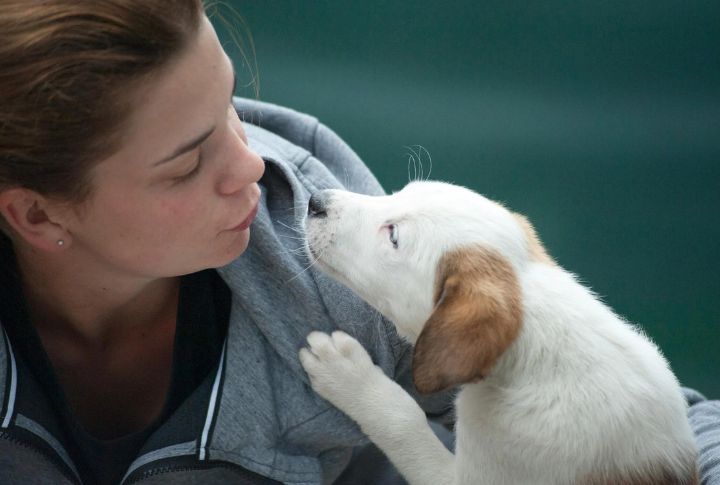
Locking eyes with your dog creates something extraordinary—an oxytocin boost for both of you. This hormone, known for strengthening social bonds, cements trust and love between species. But it’s not just about affection. Prolonged eye contact can signal reassurance, a silent but powerful line of communication.
Mirroring Human Movements
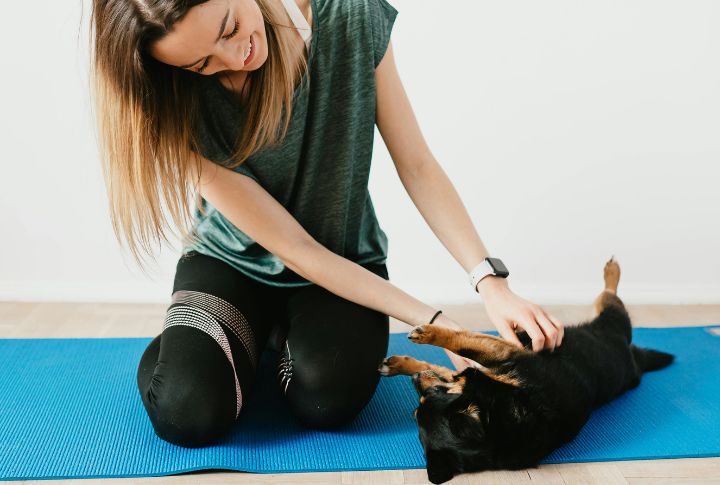
Have you ever caught your dog stretching when you do? Dogs naturally mimic human actions, an unconscious sign of deep social connection. This behavior, seen in pack animals, signifies trust and synchronization. Your dog reflects your actions as a silent form of companionship by yawning or lying down when you relax.
Analyzing Body Posture
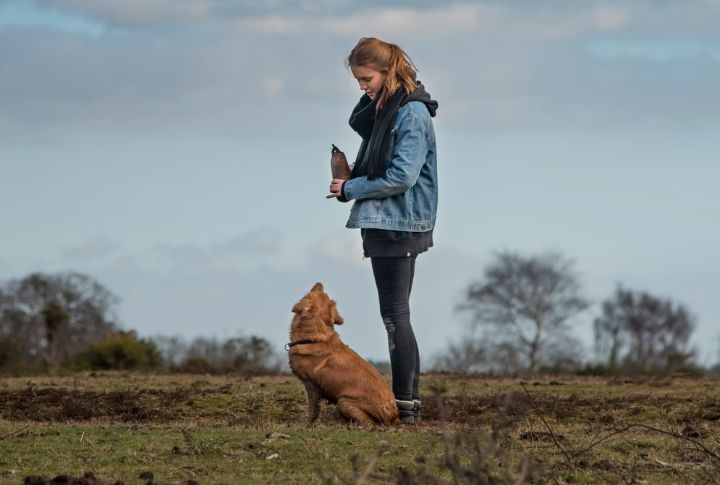
Quick movements can indicate excitement or threat, instantly catching a dog’s attention. Dogs’ ability to interpret body language helps them understand interactions and respond appropriately to human cues. Dogs analyze posture instinctively—an upright, confident stance may make them attentive, while a slouched posture signals relaxation.
Recognizing Daily Routines

Before you grab your keys, your dog already knows what’s next. Dogs recognize patterns—when you put on running shoes, it’s walk time; when the lights dim, it’s bedtime. Their keen observational skills allow them to predict routines by anticipating our daily habits.
Reflecting Human Emotions
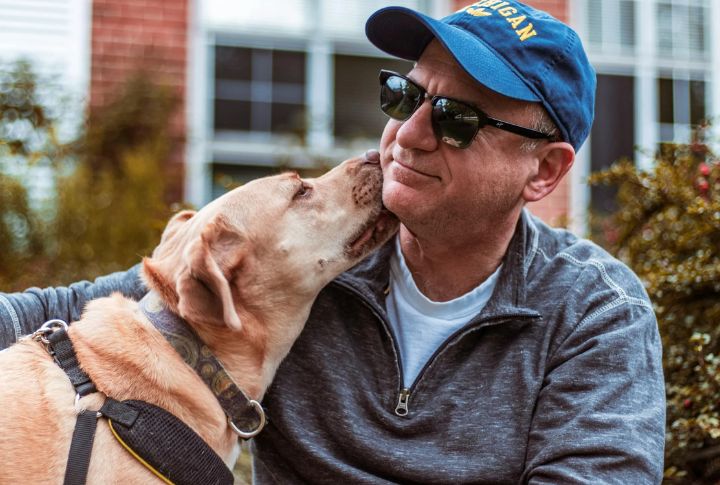
Emotions shape a dog’s responses, which reflect human moods in subtle yet profound ways. A joyful outburst or a quiet sigh instinctively alters their demeanor. Scientific studies confirm that dogs don’t merely observe moods; they synchronize with them.
Understanding Vocal Tones

Dogs hear more than words—they sense emotions in tone. A cheerful, high-pitched voice sparks excitement, while a deep, firm tone signals disapproval. Their ears act as emotional antennas to pick up every vocal fluctuation. Detecting pitch and rhythm helps them understand what we say and how we feel.
Tilting Their Heads For Clarity

That adorable head tilt? It’s more than just charm. Dogs may tilt their heads to locate sounds better or understand unfamiliar words. This behavior suggests they’re fine-tuning their perception of human speech, which proves they’re always listening and eagerly trying to decode the mysteries hidden within our voices.
Detecting Emotions Through Scent
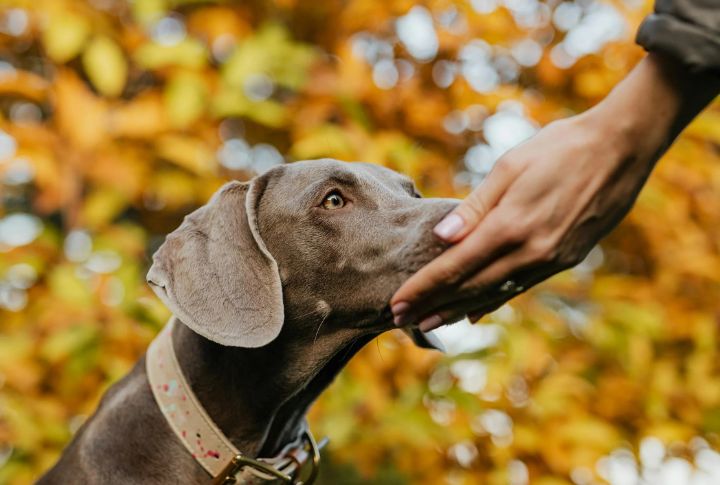
Dogs perceive the world through scent, a vital yet invisible form of communication. Their noses detect human body odor shifts that signal emotions like fear or happiness. This heightened sense allows them to recognize mood changes and even foresee illness.
